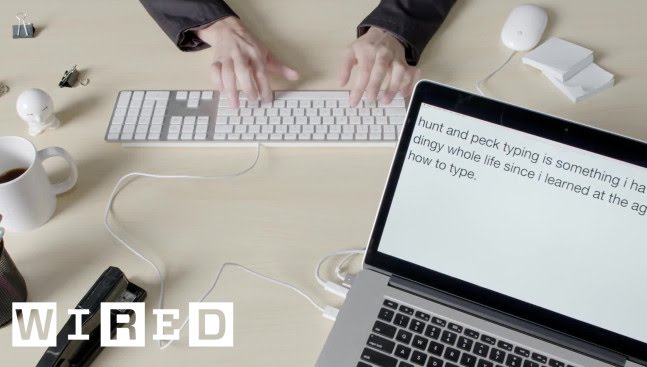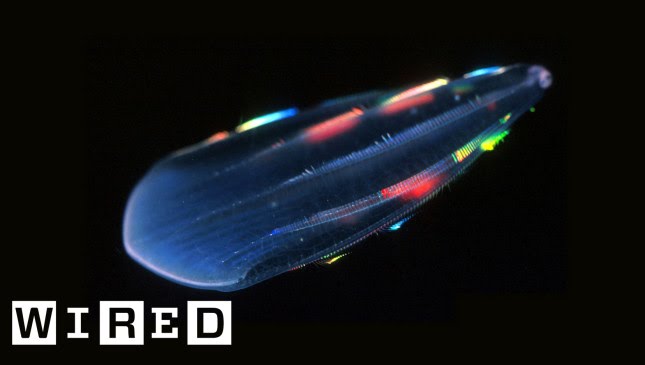Robots in Popular Culture: A Breakdown of Movie and TV Clips
Summary
Chris Atkiso, a professor at the Robotics Institute at Carnegie Mellon University, discusses various movie and TV clips related to robotics and artificial intelligence. He highlights the importance of building specialized robots, the potential problems with using robots, and encourages young people to get involved in robotics and artificial intelligence.
Table of Contents
- The Evolution of Robots in Popular Culture
- Robots and Consciousness
- Personality in Robots
- Specialized Robots
- Potential Problems
- Encouraging Young People to Pursue Robotics
Introduction
Robots have been a staple of popular culture for many years, featuring in movies and TV shows of all genres. From the classic Star Wars trilogy to the more recent Avengers movies, robots have captured people’s imaginations and inspired countless young people to pursue careers in robotics and artificial intelligence. In this Q&A article, we’ll be breaking down some of the most iconic clips featuring robots from various movies and TV shows, with insights from robotics expert Chris Atkiso.
The Evolution of Robots in Popular Culture
Questioner: How have robots evolved in popular culture?
Atkiso: When we think of robots in popular culture, we often go back to the classic sci-fi movies of the 50s and 60s, where robots were depicted as clunky metal machines with limited capabilities. But over time, robots in movies and TV shows have become much more advanced, with human-like features, sophisticated AI, and the ability to perform complex tasks. One great example of this evolution is the Star Wars franchise, which features iconic robots such as R2-D2 and C-3PO. These characters had personalities and communicating with humans as if they were real beings.
Robots and Consciousness
Questioner: In the movie ex machina, the AI character Ava achieved consciousness by gaining knowledge and processing it. Do you think that’s possible with real-life AI?
Atkiso: Consciousness is a complex and often controversial topic in the world of robotics and AI. While it’s difficult to say whether machines can ever truly possess consciousness, films like ex machina give us a glimpse of what that might look like in theory. In real life, AI must be trained through collecting data and using it to train neural networks. By analyzing and processing large amounts of data, AI can become more intelligent and “smarter.” However, this doesn’t necessarily mean that AI will also achieve consciousness; that’s still a matter of philosophical debate.
Personality in Robots
Questioner: What role does personality play in robots?
Atkiso: Personality is an often-overlooked aspect of robotics, but it’s crucial to creating robots that can communicate and interact with humans in a meaningful way. In the Star Wars universe, the robots had personalities that were endearing and charming, which helped to make them fan favorites. However, in the real world, robots wouldn’t necessarily communicate using sound. Also, researchers would have to figure out the perfect balance of appropriate human-like behavior without going too far into the uncanny valley (where robots appear too human-like and can cause people’s discomfort.
Specialized Robots
Questioner: Can robots be programmed to specialize in certain areas?
Atkiso: Absolutely. Specialization is key in creating robots that can perform specific tasks efficiently and effectively. For example, the Baymax robot of Big Hero 6’s design was inspired by inflatable medical robots, making it a non-threatening and huggable caregiver. By gradually improving robots’ abilities and training them for specific tasks, we can create robots that are not only efficient but also safe for humans to interact with.
Potential Problems
Questioner: What are some potential problems with using robots?
Atkiso: One of the biggest challenges with using robots is battery life. As of now, most robots require constant charging, which makes it difficult to use them for extended periods of time. Additionally, problems can arise when robots are used in situations that require the use of human-like intuition and discretion. It’s essential to ensure that robots are designed for specific tasks, and they are not expected to be human-like in their thinking.
Encouraging Young People to Pursue Robotics
Questioner: What advice would you give to young people looking to pursue a career in robotics?
Atkiso: Robotics and artificial intelligence are truly exciting and creative fields to pursue, with innovative breakthroughs being made all the time. My advice to young people would be to take advantage of the many educational resources available, including coding and programming classes, robotics clubs, and maker spaces. With a strong foundation in science, math, engineering, and technology, you can pave the way for a rewarding career in this growing field. Additionally, your work can help to shape the future of robotics, AI and have a positive impact on society, improving different aspects of life.
Conclusion
Robots have captured people’s imaginations for decades, appearing in many movies and TV shows throughout the years. As robotics expert Chris Atkiso has noted, AI development is an exciting and ever-evolving field, with breakthroughs being made all the time. While there are some potential problems that need to be addressed, from battery life to specialization, there’s no denying that robotics and AI are the wave of the future, and encouraging young people to build their skills in this area can pave the way for a rewarding and exciting career.







